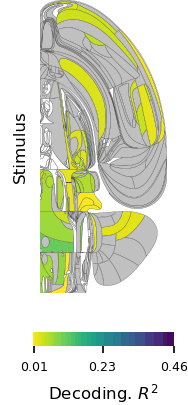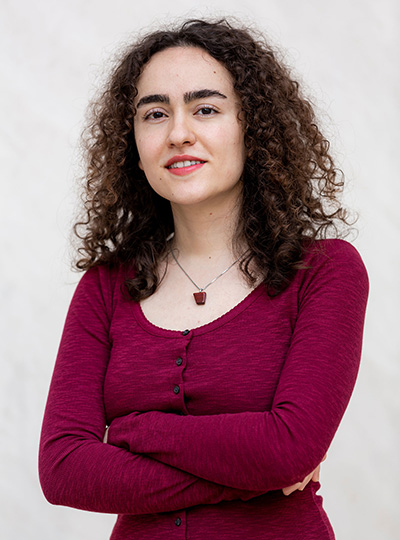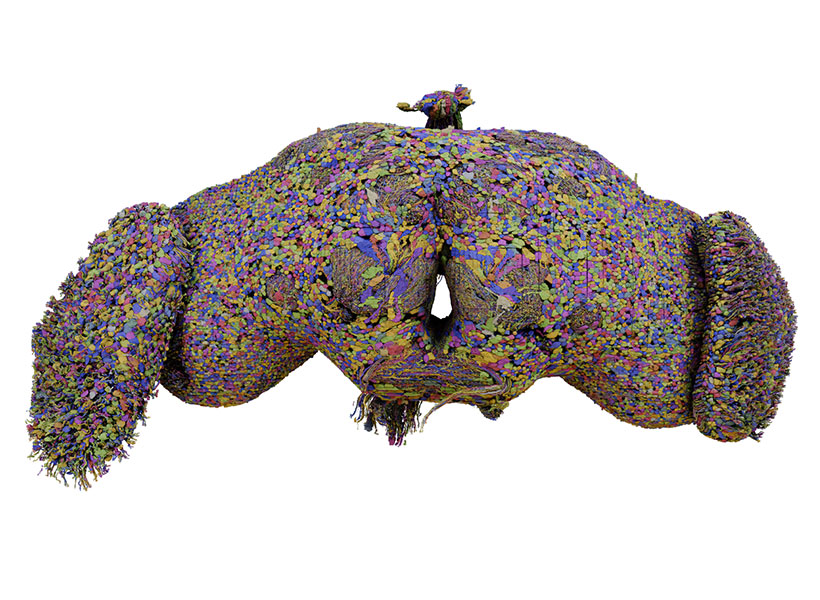“You still had to prove yourself.”
“Every cloud has a blue lining!”
Which of those sentences are you most likely to remember a few minutes from now? If you guessed the second, you’re probably correct.
According to a new study from MIT cognitive scientists, sentences that stick in your mind longer are those that have distinctive meanings, making them stand out from sentences you’ve previously seen. They found that meaning, not any other trait, is the most important feature when it comes to memorability.

“One might have thought that when you remember sentences, maybe it’s all about the visual features of the sentence, but we found that that was not the case. A big contribution of this paper is pinning down that it is the meaning-related space that makes sentences memorable,” says Greta Tuckute PhD ’25, who is now a research fellow at Harvard University’s Kempner Institute.
The findings support the hypothesis that sentences with distinctive meanings — like “Does olive oil work for tanning?” — are stored in brain space that is not cluttered with sentences that mean almost the same thing. Sentences with similar meanings end up densely packed together and are therefore more difficult to recognize confidently later on, the researchers believe.
“When you encode sentences that have a similar meaning, there’s feature overlap in that space. Therefore, a particular sentence you’ve encoded is not linked to a unique set of features, but rather to a whole bunch of features that may overlap with other sentences,” says Evelina Fedorenko, an MIT associate professor of brain and cognitive sciences (BCS), a member of MIT’s McGovern Institute for Brain Research, and the senior author of the study.
Tuckute and Thomas Clark, an MIT graduate student, are the lead authors of the paper, which appears in the Journal of Memory and Language. MIT graduate student Bryan Medina is also an author.
Distinctive sentences
What makes certain things more memorable than others is a longstanding question in cognitive science and neuroscience. In a 2011 study, Aude Oliva, now a senior research scientist at MIT and MIT director of the MIT-IBM Watson AI Lab, showed that not all items are created equal: Some types of images are much easier to remember than others, and people are remarkably consistent in what images they remember best.
In that study, Oliva and her colleagues found that, in general, images with people in them are the most memorable, followed by images of human-scale space and close-ups of objects. Least memorable are natural landscapes.
As a follow-up to that study, Fedorenko and Oliva, along with Ted Gibson, another faculty member in BCS, teamed up to determine if words also vary in their memorability. In a study published earlier this year, co-led by Tuckute and Kyle Mahowald, a former PhD student in BCS, the researchers found that the most memorable words are those that have the most distinctive meanings.
Words are categorized as being more distinctive if they have a single meaning, and few or no synonyms — for example, words like “pineapple” or “avalanche” which were found to be very memorable. On the other hand, words that can have multiple meanings, such as “light,” or words that have many synonyms, like “happy,” were more difficult for people to recognize accurately.
In the new study, the researchers expanded their scope to analyze the memorability of sentences. Just like words, some sentences have very distinctive meanings, while others communicate similar information in slightly different ways.
To do the study, the researchers assembled a collection of 2,500 sentences drawn from publicly available databases that compile text from novels, news articles, movie dialogues, and other sources. Each sentence that they chose contained exactly six words.
The researchers then presented a random selection of about 1,000 of these sentences to each study participant, including repeats of some sentences. Each of the 500 participants in the study was asked to press a button when they saw a sentence that they remembered seeing earlier.
The most memorable sentences — the ones where participants accurately and quickly indicated that they had seen them before — included strings such as “Homer Simpson is hungry, very hungry,” and “These mosquitoes are — well, guinea pigs.”
Those memorable sentences overlapped significantly with sentences that were determined as having distinctive meanings as estimated through the high-dimensional vector space of a large language model (LLM) known as Sentence BERT. That model is able to generate sentence-level representations of sentences, which can be used for tasks like judging meaning similarity between sentences. This model provided researchers with a distinctness score for each sentence based on its semantic similarity to other sentences.
The researchers also evaluated the sentences using a model that predicts memorability based on the average memorability of the individual words in the sentence. This model performed fairly well at predicting overall sentence memorability, but not as well as Sentence BERT. This suggests that the meaning of a sentence as a whole — above and beyond the contributions from individual words — determines how memorable it will be, the researchers say.
Noisy memories
While cognitive scientists have long hypothesized that the brain’s memory banks have a limited capacity, the findings of the new study support an alternative hypothesis that would help to explain how the brain can continue forming new memories without losing old ones.
This alternative, known as the noisy representation hypothesis, says that when the brain encodes a new memory, be it an image, a word, or a sentence, it is represented in a noisy way — that is, this representation is not identical to the stimulus, and some information is lost. For example, for an image, you may not encode the exact viewing angle at which an object is shown, and for a sentence, you may not remember the exact construction used.
Under this theory, a new sentence would be encoded in a similar part of the memory space as sentences that carry a similar meanings, whether they were encountered recently or sometime across a lifetime of language experience. This jumbling of similar meanings together increases the amount of noise and can make it much harder, later on, to remember the exact sentence you have seen before.
“The representation is gradually going to accumulate some noise. As a result, when you see an image or a sentence for a second time, your accuracy at judging whether you’ve seen it before will be affected, and it’ll be less than 100 percent in most cases,” Clark says.
However, if a sentence has a unique meaning that is encoded in a less densely crowded space, it will be easier to pick out later on.
“Your memory may still be noisy, but your ability to make judgments based on the representations is less affected by that noise because the representation is so distinctive to begin with,” Clark says.
The researchers now plan to study whether other features of sentences, such as more vivid and descriptive language, might also contribute to making them more memorable, and how the language system may interact with the hippocampal memory structures during the encoding and retrieval of memories.
The research was funded, in part, by the National Institutes of Health, the McGovern Institute, the Department of Brain and Cognitive Sciences, the Simons Center for the Social Brain, and the MIT Quest Initiative for Intelligence.





